When renovating your space, you may need to tear down a wall or ceiling panel. How you do this depends on the material you're working with. For instance, how should you remove FRP panels? Based on our research, we'll answer this question in this post!
FRP panels are often glued to wood or drywall. This means that once a panel is attached, it can be difficult to remove without damaging the material behind it. Despite this, removing FRP panels is still doable. Here are the steps:
- Prepare the materials
- Clear out the work area
- Carefully peel off the FRP panel
- Rinse and clean off any remaining glue
The caveat for removing FRP panels is that you can only do so within 24 hours. Usually, FRP panels use latex glue. Once it is set, it is almost impossible to peel off. We will go into detail on how to deal with glue in the next sections and more, so keep on reading!
How To Remove FRP Panels
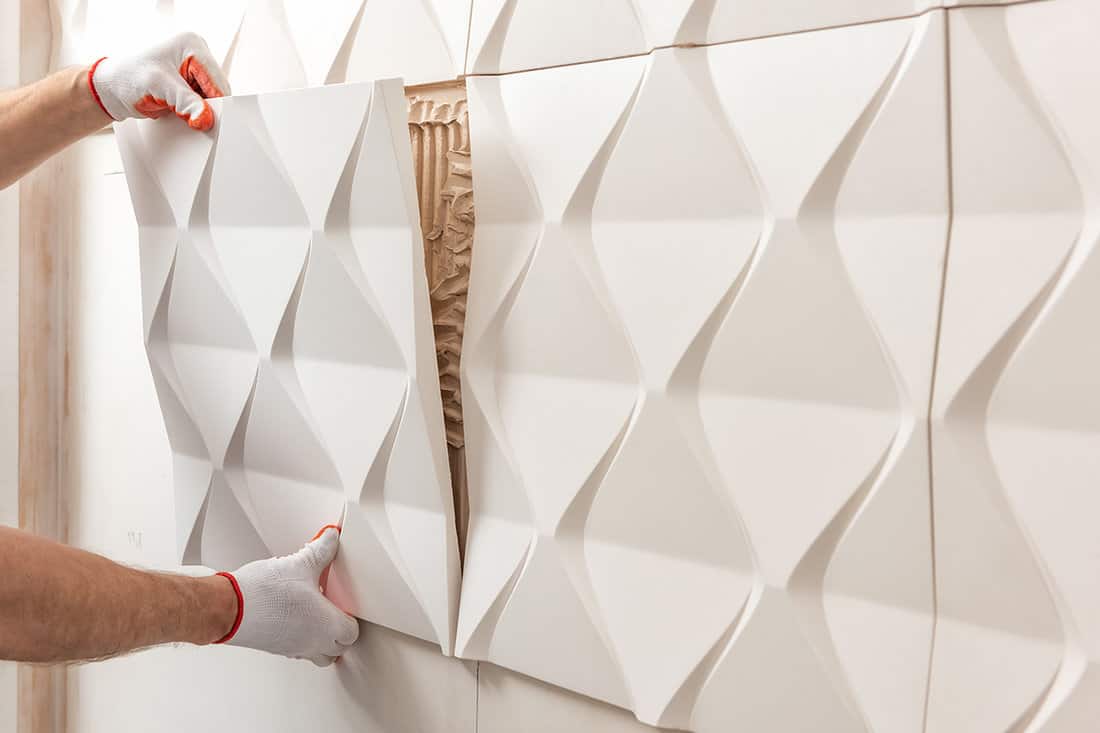
Depending on how long ago the FRP panels were installed, you may not be able to remove them cleanly. After a day, FRP panels stick to wood or drywall. Trying to dissolve the glue at this point is a tedious process and is unlikely to work well. If this is the case, you won't be able to peel off the FRP.
Force-peeling an FRP panel will damage the drywall paper, and you'll have to replace it, also. To remove an already-attached FRP panel, you will have to remove the entire wall. This includes the drywall behind it.
If the glue on the FRP panel has not yet fully cured, then you can try to remove it without moving the drywall. Here's how:
1. Prepare The Materials
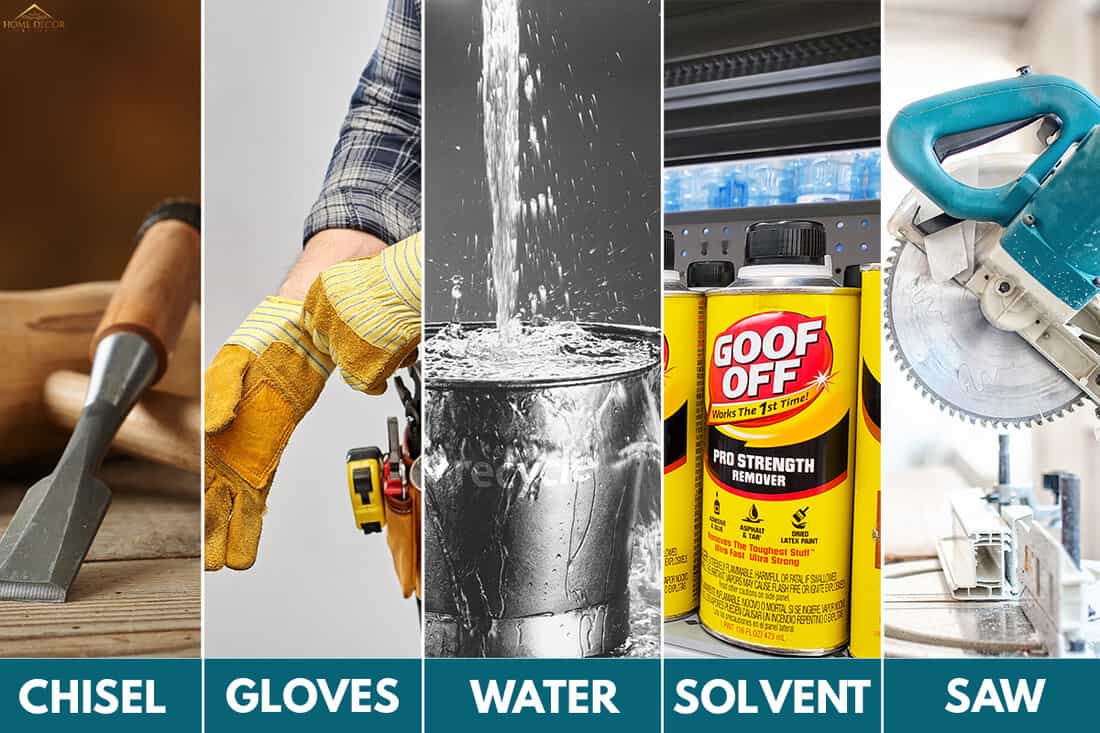
We sometimes add affiliate links and content that was curated and created by our team with the help of advanced ai tools to help showcase the best design styles.
To remove an FRP panel, you will need a tool to help you pry it off. You can use a scraper or a chisel. You should wear gloves for protection. Gloves can also help you get a better grip on the material.
For dealing with glue, clean water will suffice if it is not yet cured. If it is already in the process of drying, then you will need to use a solvent. A saw or cutting tool is also useful if you have to slice parts of the panel.
2. Clear Out The Work Area
Remove any furniture, equipment, and fixtures that will get in the way of your work. You want to have enough space to move and pull off the panel. To avoid a big mess, you can put a protective covering on the ground or cover objects that cannot be taken out of the room.
3. Carefully Peel Off The FRP Panel
Using a putty knife or a similar tool, gently pry off the FRP panel. Once it is lifted, you should be able to remove it completely. You might have to scrape the glue to get it free. You can also spray solvent into the gap to loosen up the glue.
4. Rinse And Clean Off Any Remaining Glue
Once you have successfully removed the FRP panel, you can clean off any glue residue. You can also transfer the panel to another board if you are planning on moving it. Before you do, scrape or clean off any remaining glue. If the glue is wet enough, you can use water and a rag to remove it.
How Do You Remove Glue From FRP Panels?
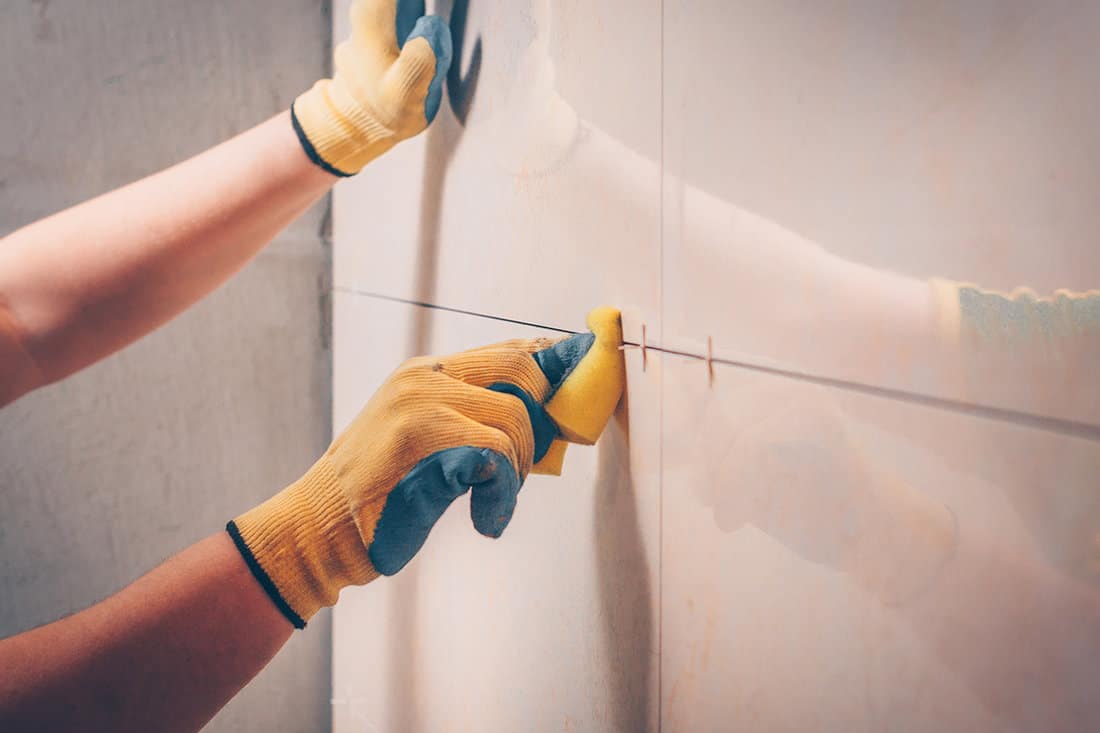
Fresh glue is easy to remove. Usually, you can wipe it off with a rag or towel. You can also wash it off with water. Eventually, the glue will set, and you will have to resort to other solutions to remove it.
Click here to see this adhesive remover on Amazon.
While commercial glue solvents are an option, you might not have one readily available. A good alternative to this is mineral spirits or isopropyl alcohol. You can also try nail polish remover and petroleum jelly.
Take your time in applying adhesive solvent to the glue. The glue will not come off immediately, so leave the solvent on for a few hours or until dry. Reapply the solvent as needed until the glue is soft enough. Once softened or dissolved, gently scrape off the glue using a putty knife.
When scraping off the glue, be careful not to damage the panel surfaces. Scraping glue off drywall can be especially tricky since you do not want to damage the drywall paper.
What Is The Easiest Way To Cut FRP?
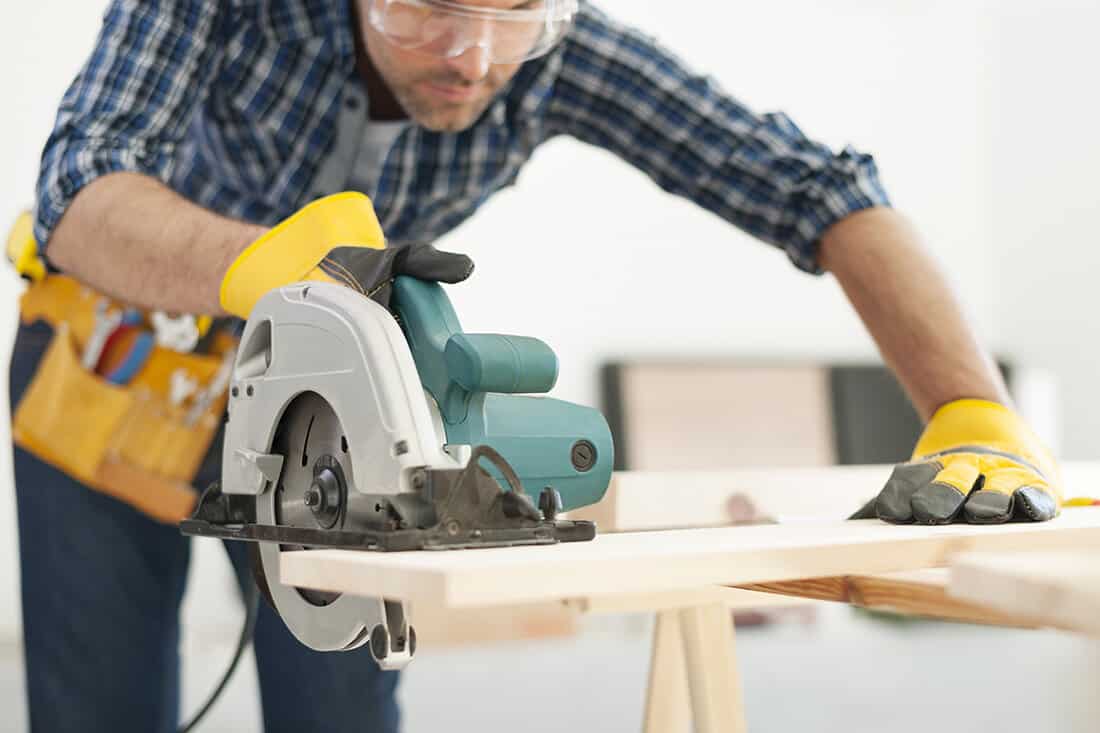
FRP stands for fiberglass-reinforced plastic. Since it is made of plastic, an FRP panel will behave differently than other paneling materials. This can make cutting an issue if you are not used to working with FRP.
The easiest way to cut FRP is with a circular saw. However, you can use other cutting tools, including a handheld saw, metal shears, or a utility knife.
Cutting FRP with a circular saw takes the least effort. Place the FRP on a stable work surface, line up your saw, and cut through the panel. You only need to apply minimal pressure to cut. You can also use a jigsaw fitted with a fiberglass blade.
Before making any cuts, test your blade on scrap FRP. Do this for other cutting methods as well. Once you get the hang of things, you can make your actual cuts.
Make sure you're wearing safety equipment while cutting FRP. Goggles and gloves can protect you from small pieces that will fly off.
What Can I Use Instead Of FRP Panels?
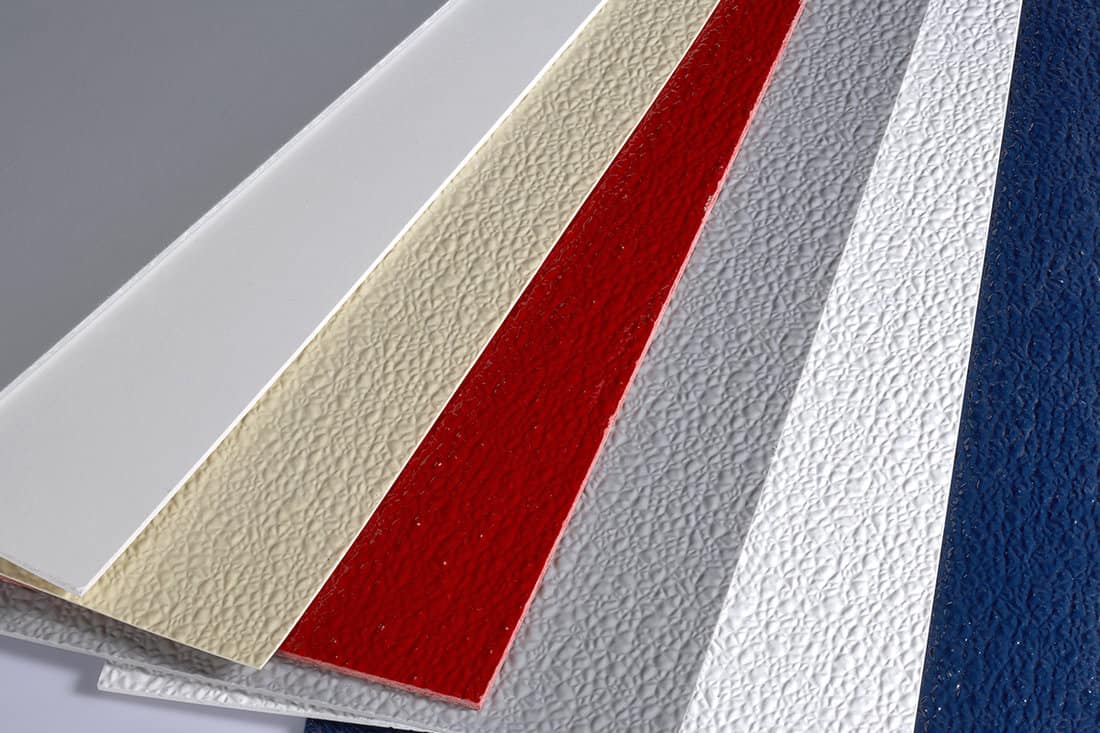
Apart from FRP panels, you can also use PVC. Both FRP and PVC are plastic panels. The primary difference is the fiberglass in FRP. Other manufacturers also refer to FRP as GRP or glass-reinforced plastic.
Both materials have pros and cons, which you can weigh in choosing alternatives.
Pros And Cons Of FRP Panels
While they are durable and rot-resistant, FRP panels are not very waterproof. As these panels are attached to a backing like drywall or wood, any moisture on the FRP panel will seep through into the backing.
The backing of an FRP panel is not particularly rot-resistant. When exposed to water or moisture, it will break down over time. If the backer ends up with mold or if it decays, it will be difficult to access or remove without getting through the FRP panel first.
Over time, FRP Panels will delaminate. They will also break if enough force is applied, as FRP panels are weaker than steel. With good maintenance, you can avoid any issues with the panels. They can last up to 25 years.
Pros And Cons Of PVC Panels
Compared to FRP Panels, PVC Panels are water-resistant, lightweight, and highly customizable. They can last 20 to 30 years with good maintenance. They are durable, rot-resistant, and will not peel.
As with FRP Panels, they need backing. However, since PVC Panels are waterproof, you do not have to worry about moisture seeping through and damaging the backing.
There are two disadvantages that you could face with PVC Panels. For one, PVC panels may emit small amounts of chlorine over time. They are also not heat-resistant and may warp and lose durability when exposed to high temperatures.
How To Repair FRP Panels
Issues with FRP panels include peeling, bubbling, or superficial damage. Here are some of the ways you can repair damage to your panels.
Peeling Panels
The main culprit behind peeling panels is a lack of adhesive. Make sure you put enough silicone or adhesive behind your panels during the application, or they will not stick well. To fix this issue, you may have to remove the panel and reapply the adhesive.
Click here to see this adhesive on Amazon.
Bubbling Panels
Warped or bubbling panels are a result of uneven adhesive application. This is more difficult to address since the panel is usually stuck on the backing. You will have to either replace the entire wall or hire a contractor to repair it for you.
Damage To The Surface Of The Panel
Depending on how bad the damage is, you may be able to get away with simply patching up the area with a new panel. Small cracks and gaps can also be remedied with caulk or a similar material.
Wrapping Things Up
To remove an FRP panel, you should peel it off while the glue is still fresh. If the glue has already set, you will have to dissolve it or completely replace the wall to which the panel is attached. FRP panels are durable and establish a firm hold when cured, so take extra care during application.
Aside from FRP panels, you can also use PVC. The latter is waterproof and has a similar method of installation.
Did you find this post helpful? If you did, check out our other articles before you go!
Can You Put Bathroom Wall Panels Over the Tiles?
How To Install Faux Stone Panels On Concrete [Step By Step Guide]


